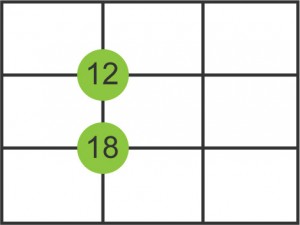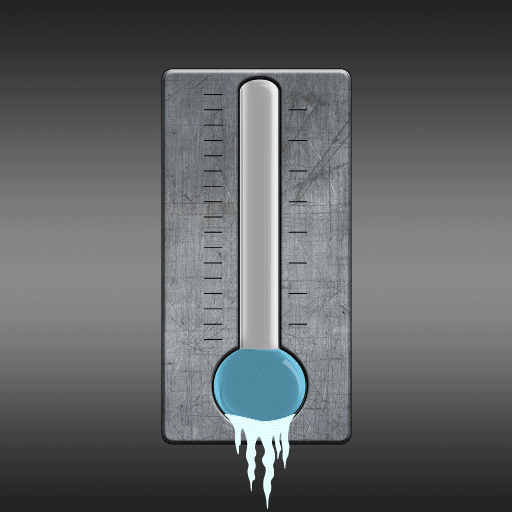
by Annie | Aug 13, 2010 | Game Design
Creating a game is hard work. Video games combine the flashiness of graphics with the strength of innovative game mechanics. For now, I’m just working on creating a board game. No scripting, no graphics. Just a board, some pieces, and a few rules. Game design is an iterative process, meaning that you create, assess, modify, and repeat. Over and over again. My board game idea started as two separate concepts, one involving the infinite factor connections between numbers, and the other involving building spider webs. After several hours of staring at the wall and gnawing on my pencil, I had a eureka moment: combine the two! Thus, I’ve arrived at my current iteration of Web, a game in which you control the movement of a king and two guards across a chess board in an attempt to get your king to the opposite side first. In order to move your pieces, you must create factor connections between numbers. Each factor connection opens a pathway for your pieces. For example, say you have the numbers 12 and 18 in your hand. You can form a connection between them because they share the factors of 2, 3, and 6. You could then move a piece across the line between the two numbers. If your opponent has the numbers 3 and 9 in their hand, they could add to your numbers through other factor connections. But be careful! You can only move across pathways fully or partially created by numbers of your color, so your opponent might be planning blocks along the way to thwart your progress. In addition, watch out for...
by Annie | Aug 12, 2010 | Game Design
Imagine that you live on a space station. Alone. Tonight, you have a date. The first in a long time. You plan on cleaning up the space station and getting yourself ready, but you discover that alien slugs have taken over. What do you do? Pelt them with salt, of course. This is exactly what my Google SketchUp white-box level is about. Take a...
by Annie | Aug 11, 2010 | Game Design
Make a game. Any game. No limitations. Go. That’s exactly what our class has been working on for the past couple of weeks. In small teams, we’ve been tossing around ideas for games that push the boundaries and bring something new to players. Since we only need to pitch the game idea rather than create it, anything is possible. Some teams went with space games, others with fantasy games or epic journeys. As it turns out, school is the perfect place to come up with crazy and innovative game ideas. In school, there are no budget constraints or pressure from the higher-ups. Just pure design. Thus, despite the stresses of the day-to-day projects and general craziness, I’m reveling in this moment, as I know that this broad scope of creative license is not easy to come...
by Annie | Aug 10, 2010 | Game Design
Technology is great, but nothing can top the power of the human mind. Given the proper conditions, humans can learn just about anything and tackle just about any problem. Take proteins, for example. Proteins are made up of extremely complex configurations of amino acids that fold in many different ways. Given a large amount of processing power, computers can figure out how protein folding works. Given a game like Foldit and a dedicated following of players, humans can outperform the computers, which begs the question – what else is possible through games? Imagine an arsenal of science, math, literature, history, and psychology games that leverage the power of the human mind to tackle the world’s biggest problems. The cure for cancer could be lurking in the next great game. The possibilities, my friend, are...

by Annie | Aug 9, 2010 | Game Design, Illustration Station
Believe it or not, it’s been raining here all weekend, and it’s still coming down. Summer rain in Vancouver is rare, so this is quite an aberration. However, I barely had time to notice. I was indoors all weekend, and I had planned it that way. There seems to be no end to the amount of projects I have on my plate, from simple drawings to complex level designs, and everything in between. Thus, my weekend was spent staring at the many windows open on my computer screen, glancing over occasionally to see the rain falling outside the real windows. Most of my projects are currently rough drafts in progress, but here’s one of the smaller projects, a health bar for an in-game interface. Of course, this isn’t a traditional health bar that shows the main character’s health. Instead, it shows the status of the environment, say, for a game in which you have to stay cold. You’ll have to create your own game idea to go along with...



